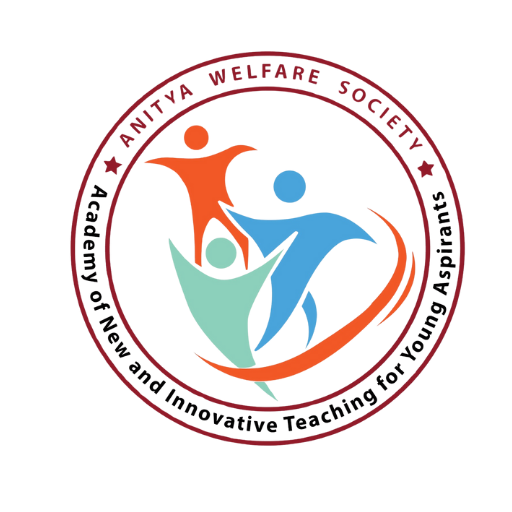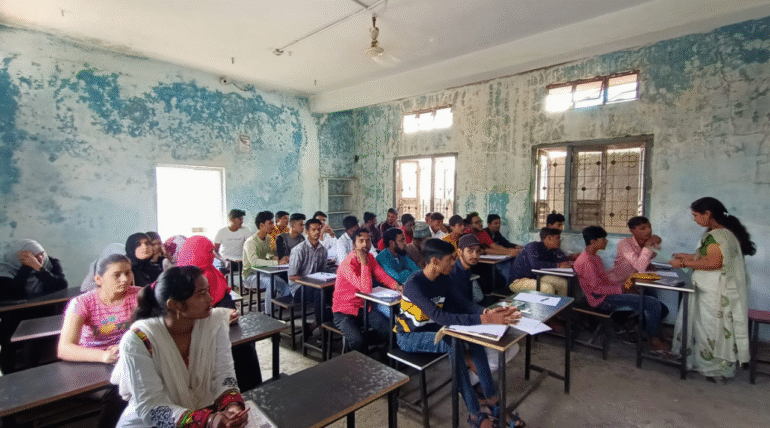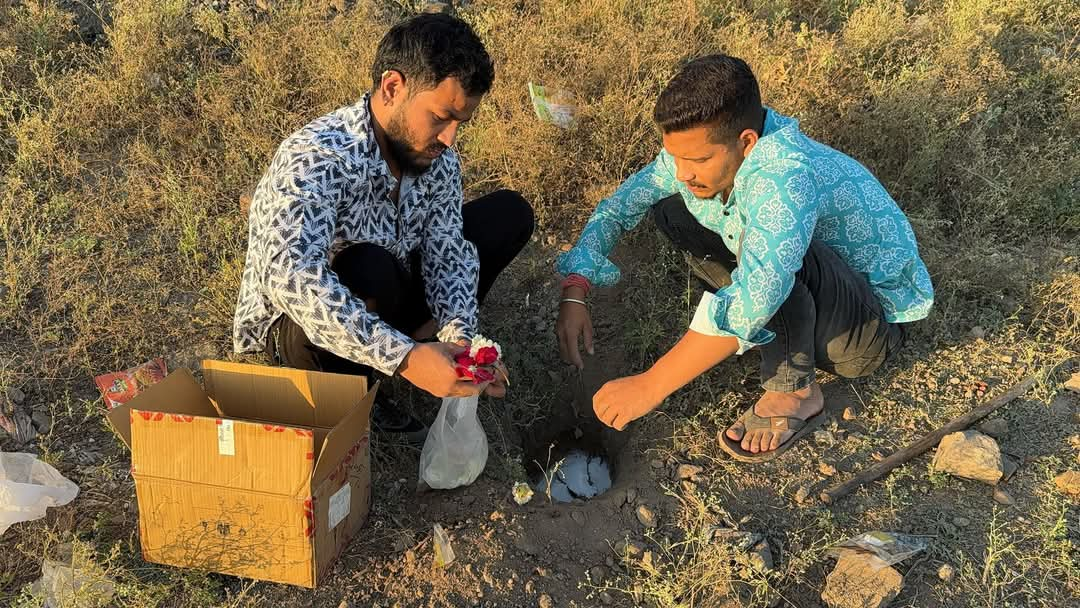There’s a kind of silence that hangs in places where children have never held a book. It’s not the absence of sound — it’s the absence of structure. No bells, no chalk, no counting aloud. At Bal Sanskar Shala, our open-air learning spaces are often the first place where a child sits in a circle, hears their name spoken kindly, and is asked, “Would you like to learn something today?” These aren’t just classes — they’re a reintroduction to childhood itself.
Most of the children who attend our sessions come from ragpicker families or daily wage backgrounds. Their mornings begin not with uniforms, but with sorting waste or watching younger siblings. They have no school documents, no past report cards — only sharp instincts and untapped imagination. When we begin, we don’t use timetables. We use rhythm, repetition, and trust. Learning starts slowly: letters traced in dust, numbers sung aloud, names written for the first time. And then, something shifts. You see it in their eyes — the first spark of curiosity.
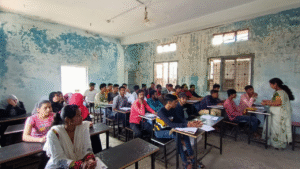
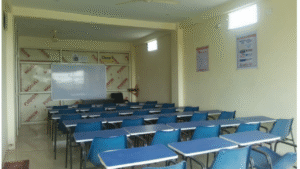
Teaching children who’ve never been inside a school building has taught us patience, flexibility, and the value of small wins. Progress is not linear — some children stay for weeks, others return after months. But every session is a seed. We’ve seen kids teach their siblings, lead songs, and even ask their parents to enroll them in formal schools. This is learning without walls — and it works, because it starts with care before curriculum.
- Early education must begin with presence, not pressure.
- For children outside the system, consistency builds confidence.
- A blackboard under a tree can teach more than we expect.
When you teach a child who’s never been taught, you’re not just sharing knowledge — you’re creating memory, rhythm, and routine. The first pencil, the first answer spoken aloud — these become turning points. And in those quiet moments, real education begins.
